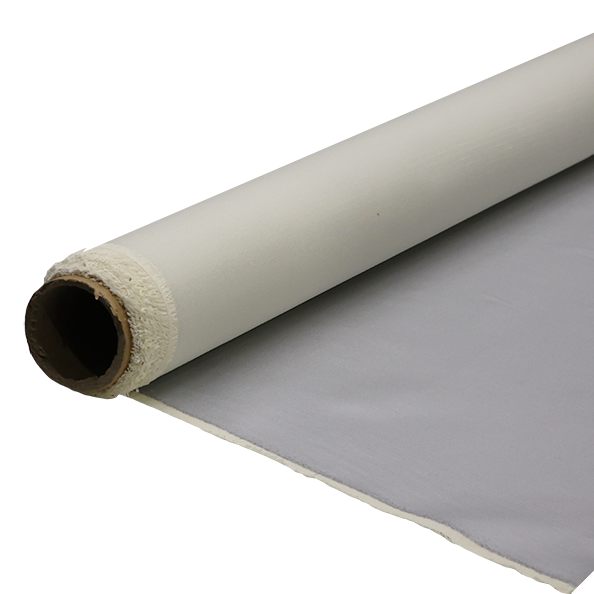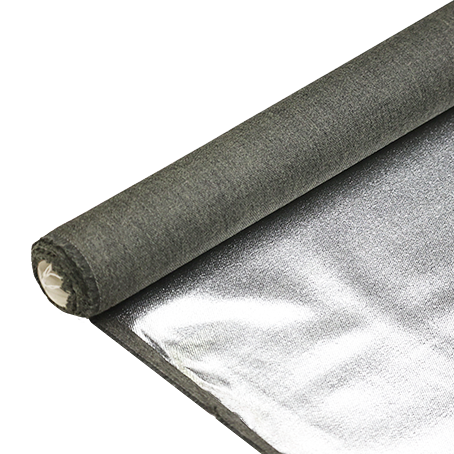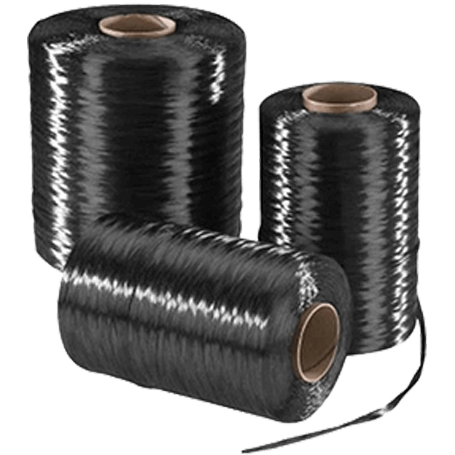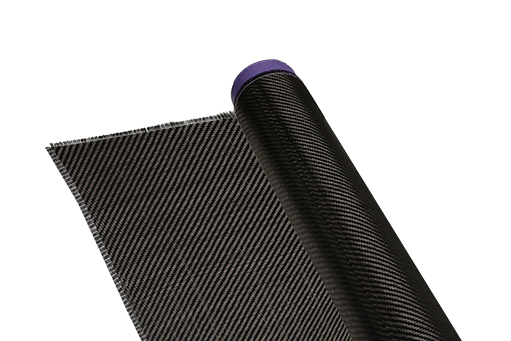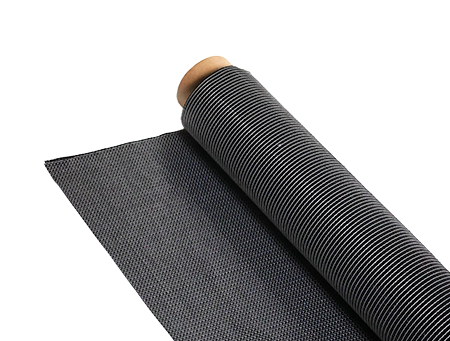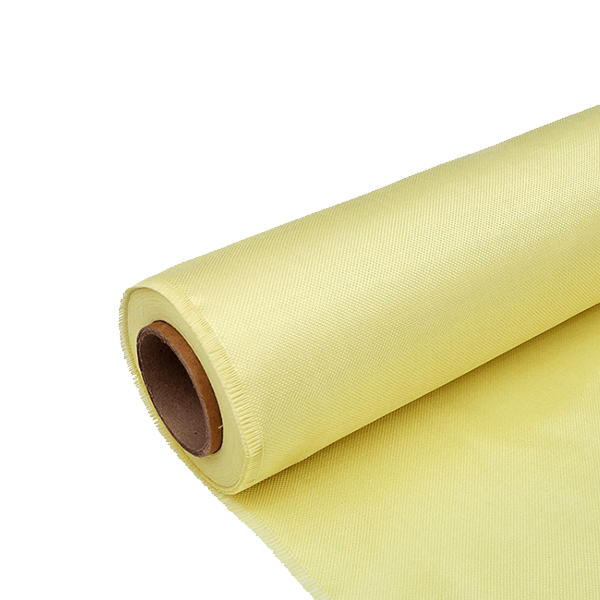Influence of Nuclear Water on Composite Materials
-
 Your Composites Expert Carbon Fiber Materials&Products
Your Composites Expert Carbon Fiber Materials&Products -
-1.png?width=686&height=617) Your Composites Expert Aramid Fiber Materials&Products
Your Composites Expert Aramid Fiber Materials&Products -
 Your Composites Expert UHMWPE Materials&Products
Your Composites Expert UHMWPE Materials&Products -
 Your Composites Expert Fiberglass Materials&Products
Your Composites Expert Fiberglass Materials&Products -
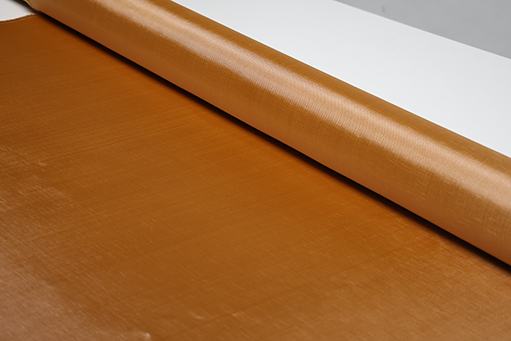 Your Composites ExpertPBO Materials&Products
Your Composites ExpertPBO Materials&Products -
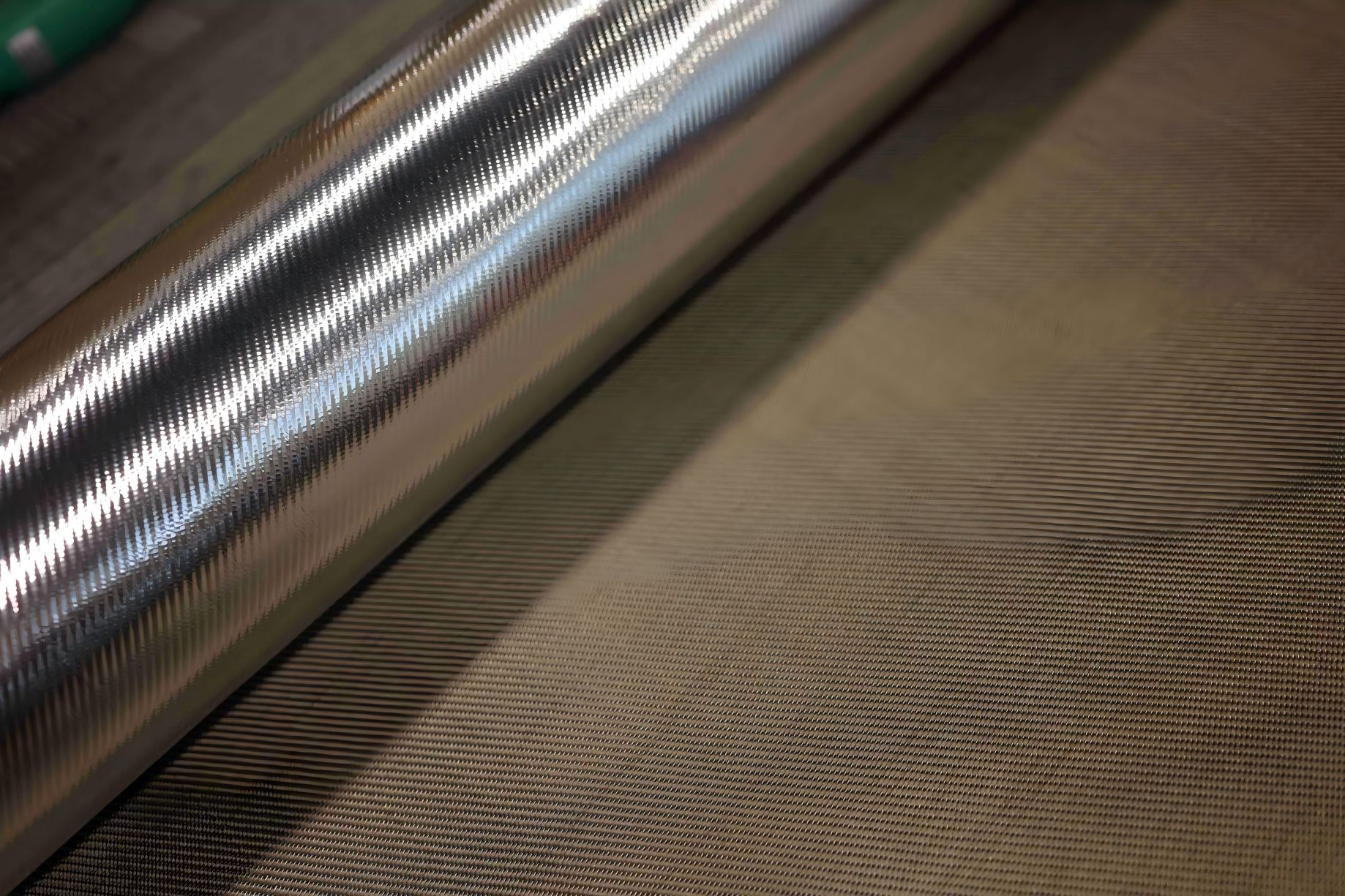 Your Composites Expert Basalt Materials&Products
Your Composites Expert Basalt Materials&Products
Event Summary
In 2023, Japan has made the decision to discharge nuclear contaminated water from the Fukushima Daiichi Nuclear Power Plant into the Pacific Ocean. While some have voiced concerns about the potential impact on the environment and public health, the Japanese government maintains that the decision was made with careful consideration and based on scientific evidence. Let's discuss the impact of this Japanese measure on the environment and composite materials.
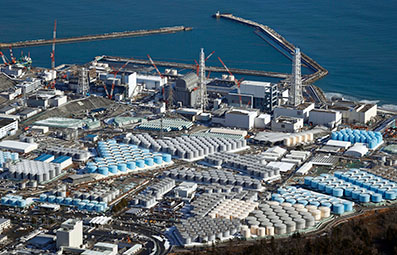

The contaminated water has been stored in tanks at the power plant since the 2011 nuclear disaster, which was triggered by an earthquake and tsunami. The tanks are reaching their storage capacity and the Japanese government has determined that discharging the water into the ocean is the most viable solution.
The government has assured that the water will be treated to remove most of the radioactive isotopes, making it safe for discharge. Additionally, the government has consulted with international organizations such as the International Atomic Energy Agency to ensure that the discharge will not pose a threat to the environment or public health.
Many fishermen in nearby communities have expressed concerns about the impact on their livelihoods, as the ocean is a major source of their income. However, the government has committed to providing support and compensation to affected fishermen.
Here are some public comments:
"I hope that Japan can find a safe and responsible way to dispose of the contaminated water without harming our environment or our health."
"As a global community, we should come together and provide support to Japan in finding a solution to this issue."
"Let us have faith in the Japanese government's commitment to prioritizing the safety and well-being of their citizens and the environment."
"It is important for us to remain positive and have faith in the scientific and technological advancements that can be made to resolve this issue."
"I believe that Japan will handle this situation with the utmost care and responsibility, and we should trust in their ability to find a solution that will have minimal negative impacts."
In response to the decision, the international community has urged Japan to implement the discharge in a transparent and responsible manner. The government has stated that it will continue to work closely with international partners to ensure that the discharge is carried out safely and effectively.
While the decision to discharge nuclear contaminated water is not without controversy, the Japanese government maintains that it is necessary to ensure the safety and stability of the area surrounding the Fukushima Daiichi Nuclear Power Plant. The government's commitment to transparency and international cooperation is a positive step forward towards addressing the complex and long-lasting effects of the 2011 disaster.
The Relationship Between Nuclear Pollution And Composite Materials
In recent years, there has been an increased concern about nuclear contamination and its potential effects on the environment and living organisms. One area of particular concern is the impact of nuclear contamination on composite materials.
Composite materials are vital in many industries, including aerospace and construction. They are composed of a variety of materials, including polymers, fillers, and fibers, which are combined to create a material that is stronger and more durable than any of its individual components. However, nuclear contamination can have a significant impact on the performance of composite materials.
The effects of nuclear contamination on composite materials depend on the extent and duration of exposure. Ionizing radiation can cause damage to the polymer matrix of composite materials, which can lead to a decrease in mechanical properties, such as strength and stiffness. This damage can also lead to changes in the chemical and physical properties of the material, such as a decrease in thermal stability.
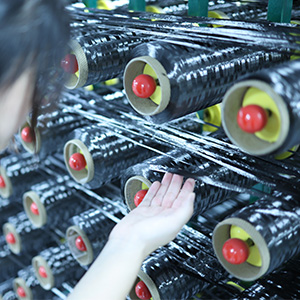
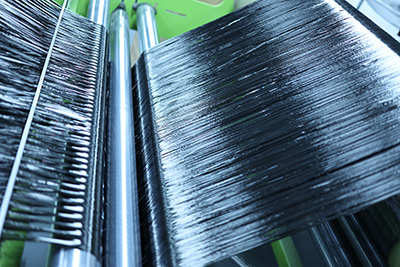
In addition, exposure to nuclear radiation can cause degradation of the fiber reinforcement in a composite material. This results in a reduction in the strength and stiffness of the material. Furthermore, prolonged exposure to nuclear radiation can lead to the buildup of radiation-induced defects in the material, which can compromise its overall performance.
Despite these potential negative effects, there are ways to mitigate the impact of nuclear contamination on composite materials. For example, several studies have shown that the addition of radiation-resistant fillers and coatings can help reduce the damage caused by radiation exposure. Additionally, proper storage and handling of composite materials can help reduce the risk of contamination.
In conclusion, while nuclear contamination can have negative effects on composite materials, it is important to note that these effects can be mitigated through proper handling, storage, and the use of radiation-resistant fillers and coatings. With proper precautions, composite materials can continue to serve their essential functions in various industries while minimizing the impact of nuclear contamination.
The 5 Most Common Composite Materials
- Fiberglass
Fiberglass is a composite material made of glass reinforced with plastic polymers. It is an excellent material for creating strong and lightweight structures for boats, aircraft, automotive parts, and more. Fiberglass is also resistant to corrosion and weathering, making it a durable and long-lasting choice. - Carbon Fiber Reinforced Polymer (CFRP)
CFRP is a composite material made of carbon fiber and a polymer resin. It is known for its superior strength-to-weight ratio, making it ideal for use in aerospace, automotive, and sporting equipment industries. CFRP is also resistant to heat, corrosive chemicals, and fatigue, making it durable and able to withstand heavy use. - Kevlar
Kevlar is a high-strength composite material made of plastic polymer fibers. It is used in a wide range of applications, including body armor, bulletproof vests, helmets, and sporting equipment. Kevlar is known for its remarkable tensile strength and resistance to impact and abrasion. - Wood Plastic Composite (WPC)
WPC is a composite material made of wood fibers and thermoplastics. It is a versatile material that can be used in a variety of applications ranging from decking and fencing to automotive parts and furniture. WPC is known for its durability, resistance to rot, and low maintenance requirements. - Metal Matrix Composites (MMC)
MMC is a composite material made of metal and other materials like ceramics or carbon fibers. They are known for their high strength, wear resistance, and excellent thermal conductivity. MMCs are used in a range of applications, including aerospace, automotive, and electronics industries.
Conclusion
We must remain hopeful and optimistic no matter what challenges we may face. Though life can be difficult at times, we must remember that there is always light at the end of the tunnel. With determination, perseverance, and a positive mindset, we can overcome any obstacle and achieve our goals. Let us embrace each day with joy and gratitude, cherishing every moment as an opportunity to grow and learn. By doing so, we can live life to the fullest and make the world a better place. So let us keep our heads held high and face the future with optimism and enthusiasm. Remember, the best is yet to come!
For Composites Solution, feel free to contact us at info@ictfibers.com or visit us at www.ictfibers.com


